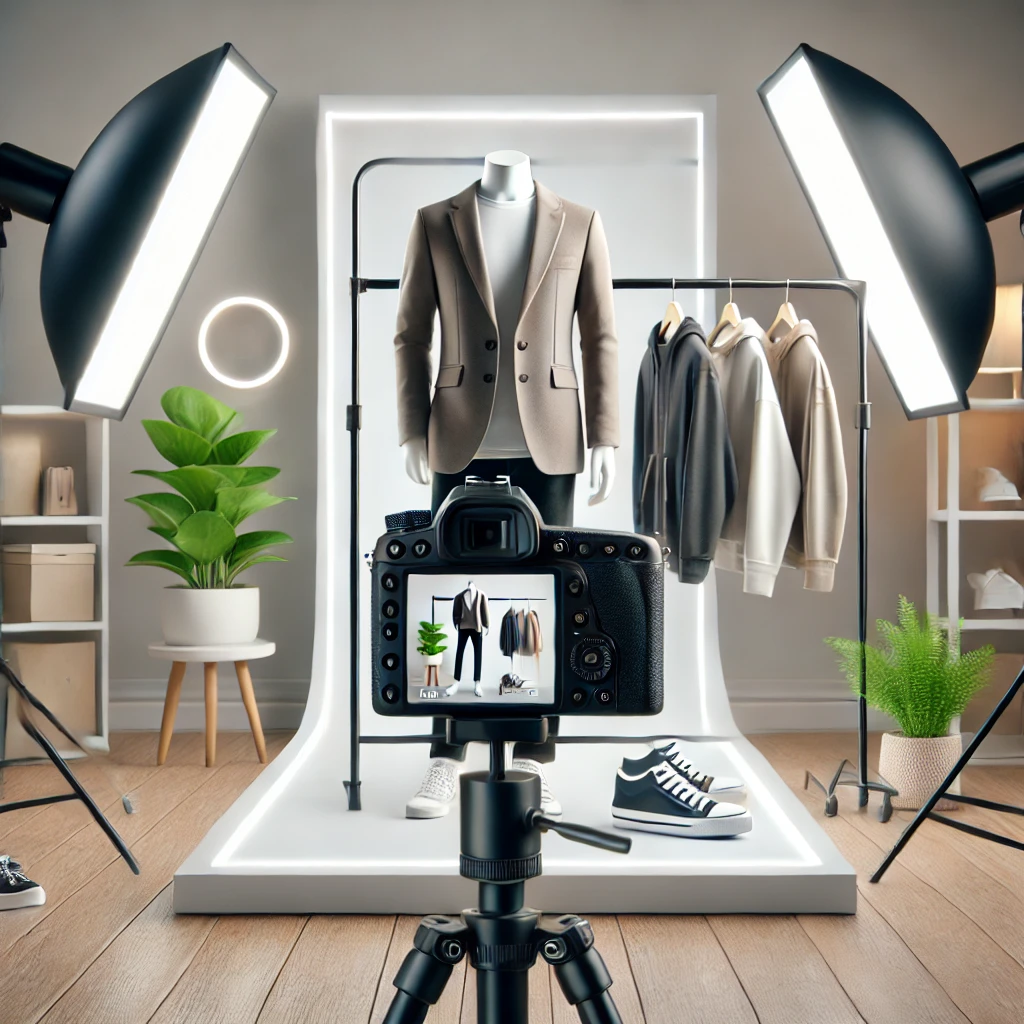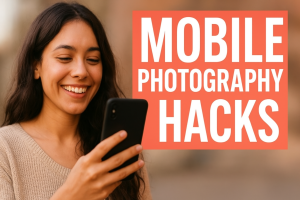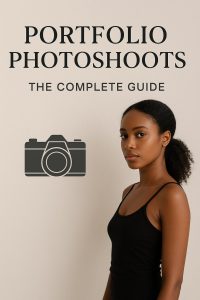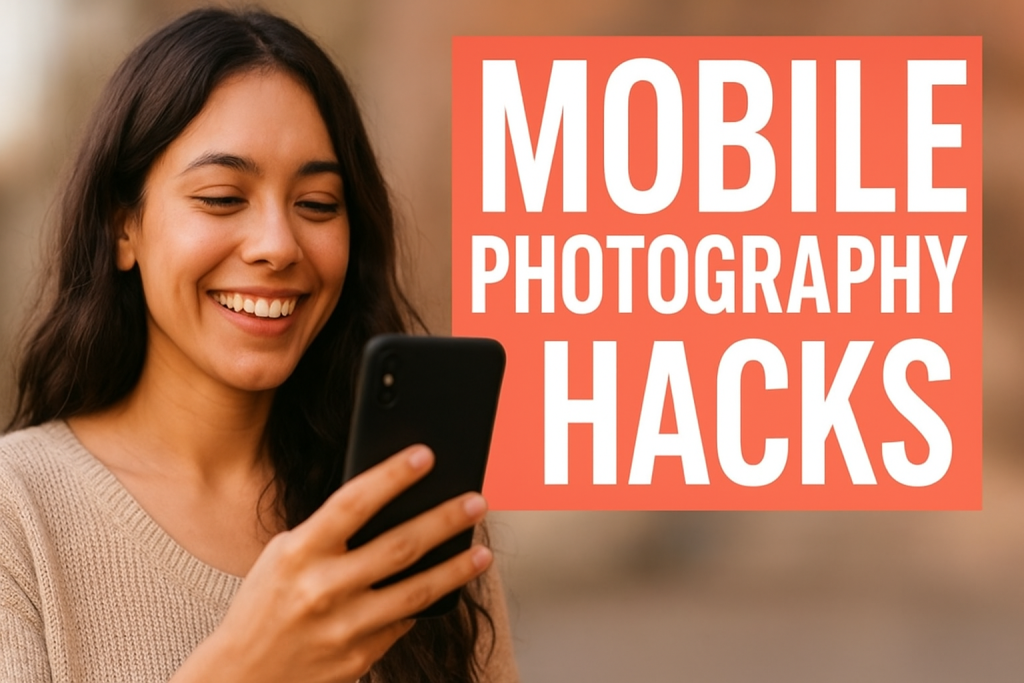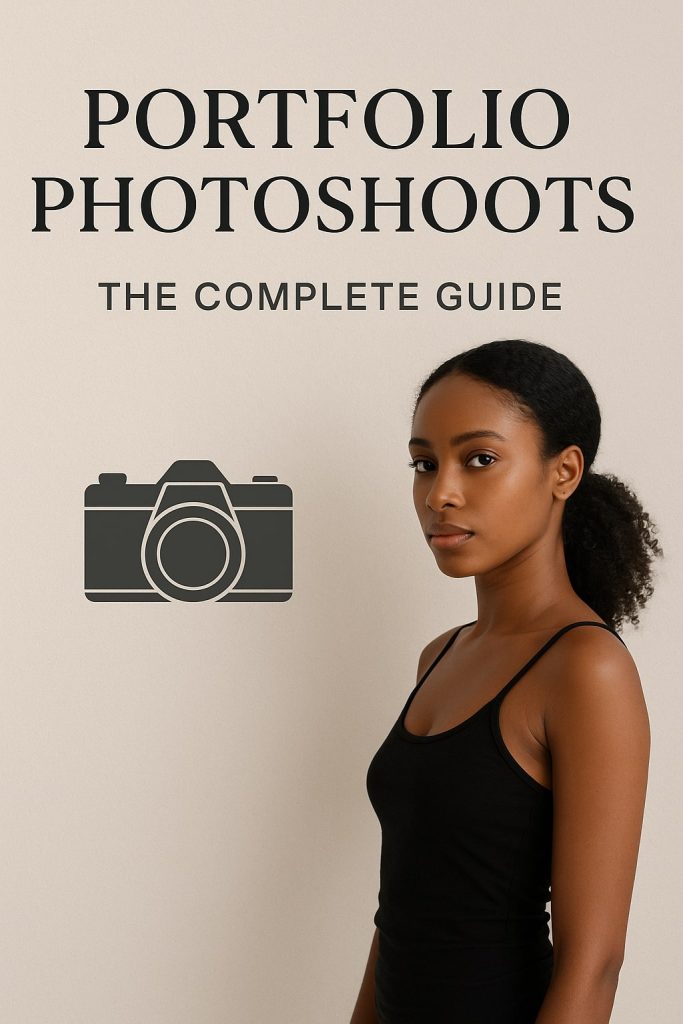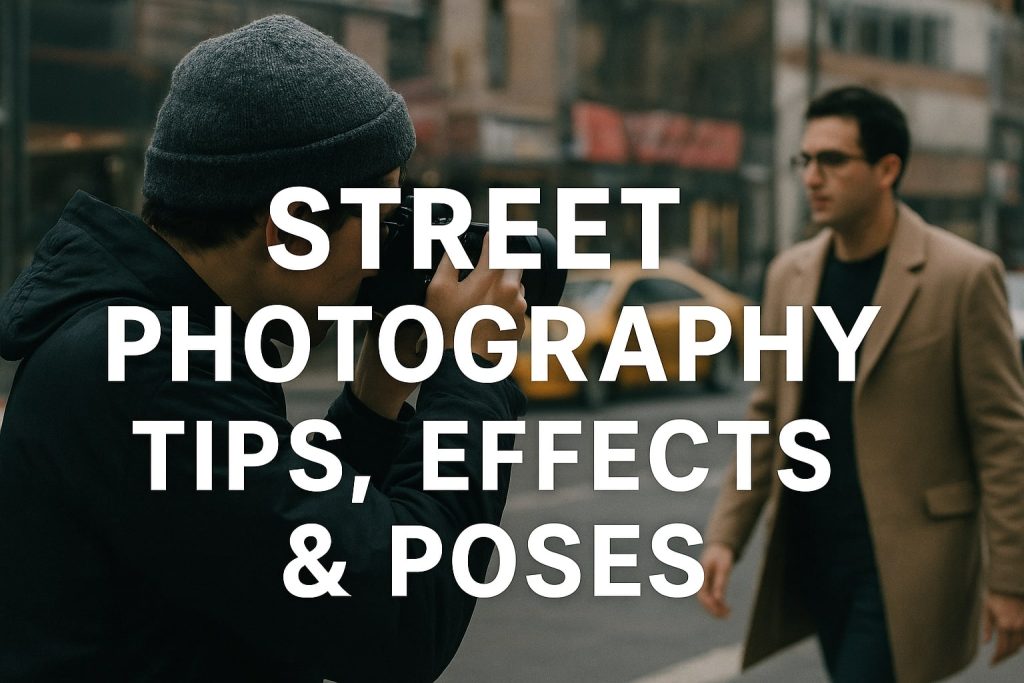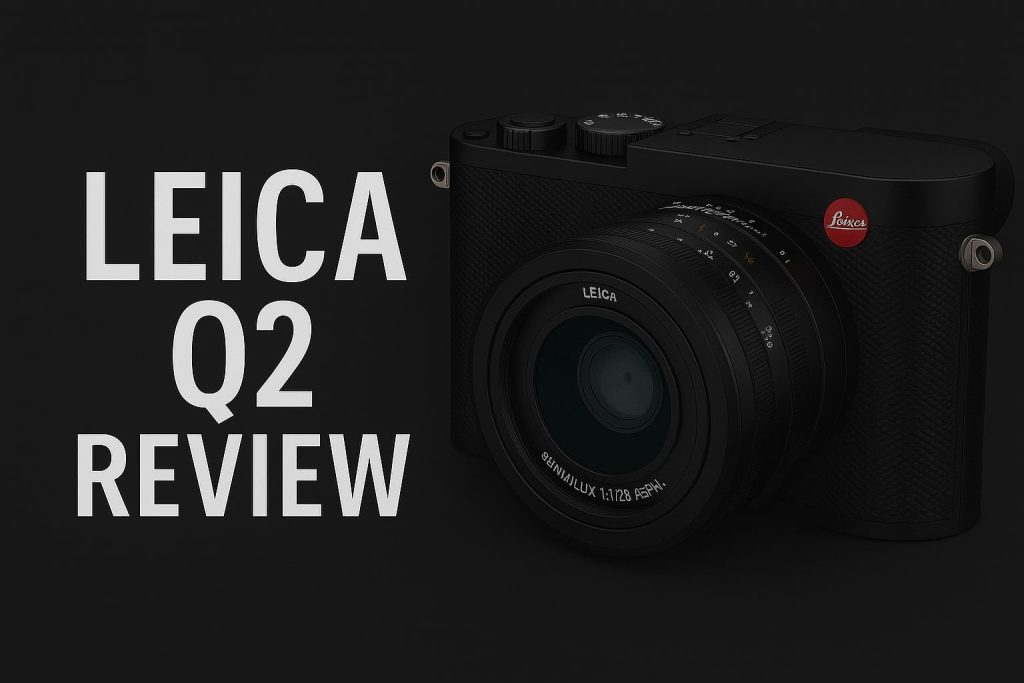High-quality photograph clothing plays a vital role in e-commerce success. Clear, well-lit, and visually appealing product images help potential buyers make informed decisions, reducing return rates and increasing conversions. In this guide, we’ll cover everything from essential equipment and camera settings to lighting techniques and editing tips to ensure your apparel photography stands out.
Thank you for reading this post, don't forget to subscribe!1. Essential Equipment for Clothing Photography
Investing in the right gear can significantly improve your results. Here’s what you need:
1.1 Camera
- A DSLR or mirrorless camera with manual settings for greater control.
- Recommended models: Canon EOS 5D Mark IV, Sony A7 III, or Nikon D750.
1.2 Lenses
- A 50mm or 85mm prime lens for sharp images with minimal distortion.
- A 24-70mm zoom lens for versatility in framing different shots.
1.3 Tripod
- Keeps the camera stable, preventing blur and ensuring consistency across shots.
- Use a sturdy, adjustable tripod with a ball head for flexibility.
1.4 Lighting Equipment
- Softbox or umbrella lights to create soft, even lighting.
- A ring light for flat-lay clothing photography.
- Natural light can be effective, but controlled lighting is preferred for consistency.
1.5 Background & Backdrops
- Neutral backdrops like white, gray, or pastel shades keep the focus on the clothing.
- Textured backgrounds can add depth but should be used sparingly.
1.6 Mannequins, Hangers, or Models
- Mannequins give a structured look to garments.
- Models help customers visualize fit and style.
- Hangers work well for casual product shots.
2. Preparing Clothing for the Shoot
Proper preparation ensures professional-looking images:
- Steam or iron garments to remove wrinkles.
- Remove lint and stray threads using a lint roller.
- Shape garments properly using clips, pins, or stuffing for a polished look.
- Coordinate colors and styles for a visually appealing catalog.
3. Setting Up the Perfect Lighting
Lighting is crucial for capturing true-to-life colors and textures.
3.1 Natural Light Setup
- Position the clothing near a large window for soft, diffused light.
- Use a white reflector or foam board to reduce shadows.
3.2 Studio Lighting Setup
- Use two softboxes at a 45-degree angle to eliminate harsh shadows.
- Place a fill light behind the garment to create depth.
- Adjust intensity to maintain consistent lighting across products.
4. Choosing the Right Camera Settings
Using manual settings gives you control over exposure and sharpness.
- ISO: Keep it between 100-200 to reduce noise.
- Aperture: Set between f/8 to f/11 for sharpness and depth.
- Shutter Speed: At least 1/125s to prevent motion blur.
- White Balance: Adjust based on light source to maintain accurate colors.
- Focus Mode: Use single-point autofocus for precision.
5. Composition & Framing Tips
Proper composition makes clothing images more attractive and professional.
- Fill the frame with the garment to highlight details.
- Use negative space strategically to create a clean, uncluttered look.
- Shoot from multiple angles – front, back, close-ups, and lifestyle shots.
- Maintain a consistent height and angle for uniformity across product images.
6. Types of Clothing Photography Styles
Different styles suit various e-commerce needs:
6.1 Flat Lay Photography
- Best for T-shirts, jeans, and casual wear.
- Arrange items neatly on a plain background.
6.2 Mannequin Photography (Ghost Mannequin Effect)
- Gives a 3D effect without a model.
- Remove the mannequin in post-processing for a floating look.
6.3 Model Photography
- Best for high-fashion apparel.
- Helps customers visualize fit and movement.
6.4 Hanging Photography
- Simple and effective for lightweight clothing.
- Works well for minimalist product displays.
7. Editing & Post-Processing
Polishing images in post-production ensures consistency and professionalism.
7.1 Essential Edits in Photoshop or Lightroom
- Color Correction: Adjust brightness, contrast, and saturation.
- Background Removal: Use the pen tool or background eraser.
- Retouching: Remove wrinkles and imperfections.
- Resizing & Cropping: Maintain uniformity across all product images.
8. Uploading Images & Optimizing for SEO
Proper image optimization boosts search visibility and loading speed.
- Use descriptive file names (e.g., “black-leather-jacket-men.jpg”).
- Compress images without losing quality using tools like TinyPNG.
- Add ALT text describing the product for better accessibility and SEO.
- Ensure consistency in image size and aspect ratio across all products.
9. Common Mistakes to Avoid
Avoid these pitfalls for professional-looking clothing photos:
- Uneven lighting causing shadows or overexposure.
- Poor garment presentation (wrinkles, creases, or misshaped clothing).
- Over-editing that makes garments look unnatural.
- Ignoring mobile optimization, leading to poor image display on small screens.
Conclusion
Mastering clothing photography for an online store takes practice and attention to detail. With the right equipment, lighting, composition, and editing techniques, you can create visually compelling images that enhance your brand’s credibility and attract more customers. Whether using natural light, mannequins, or models, consistency and professionalism will set your store apart from competitors.
Ready to elevate your e-commerce photography? Start implementing these tips today for a stunning photograph clothing catalog!
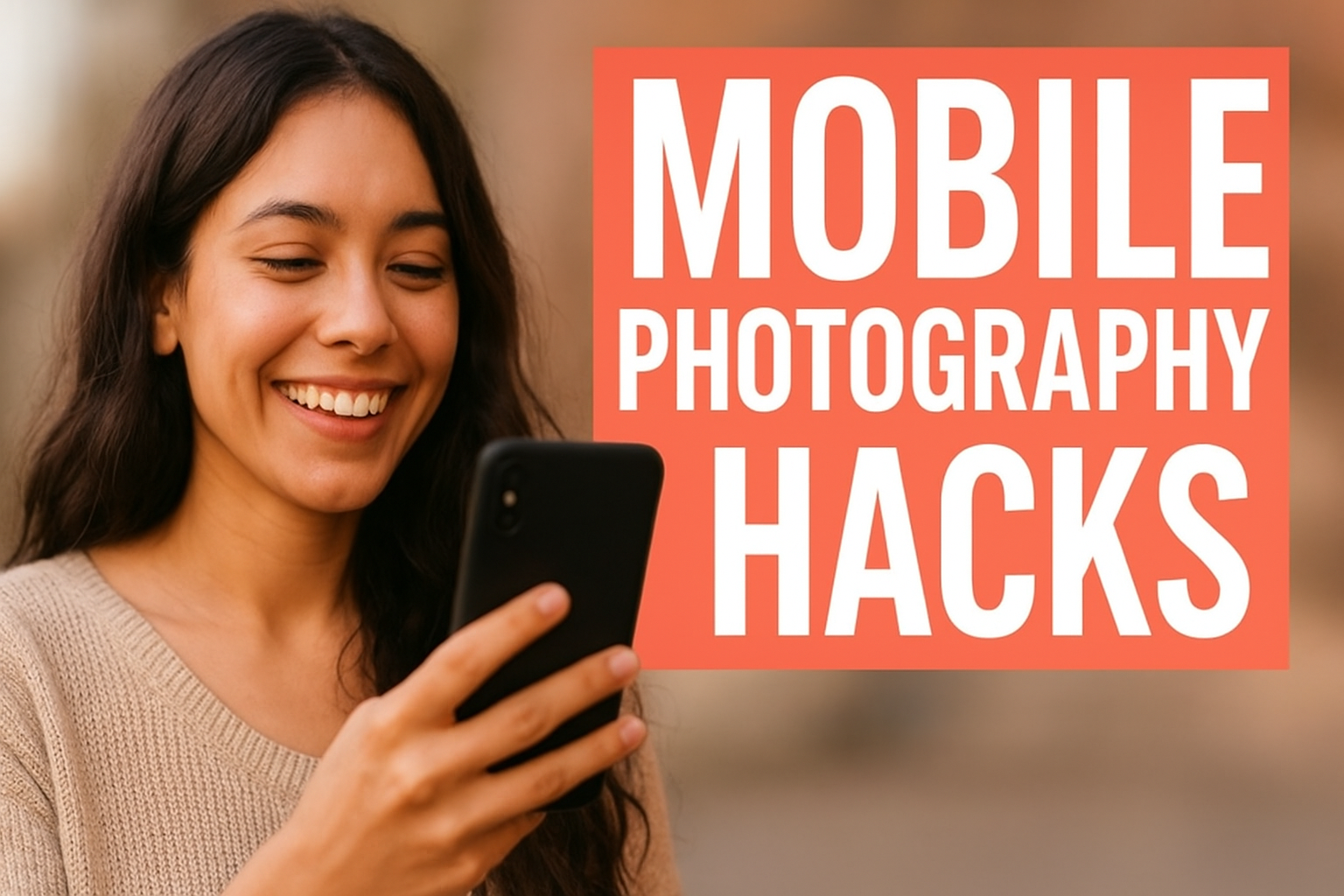
Mobile Photography Hacks: Candid Moments with Your Phone
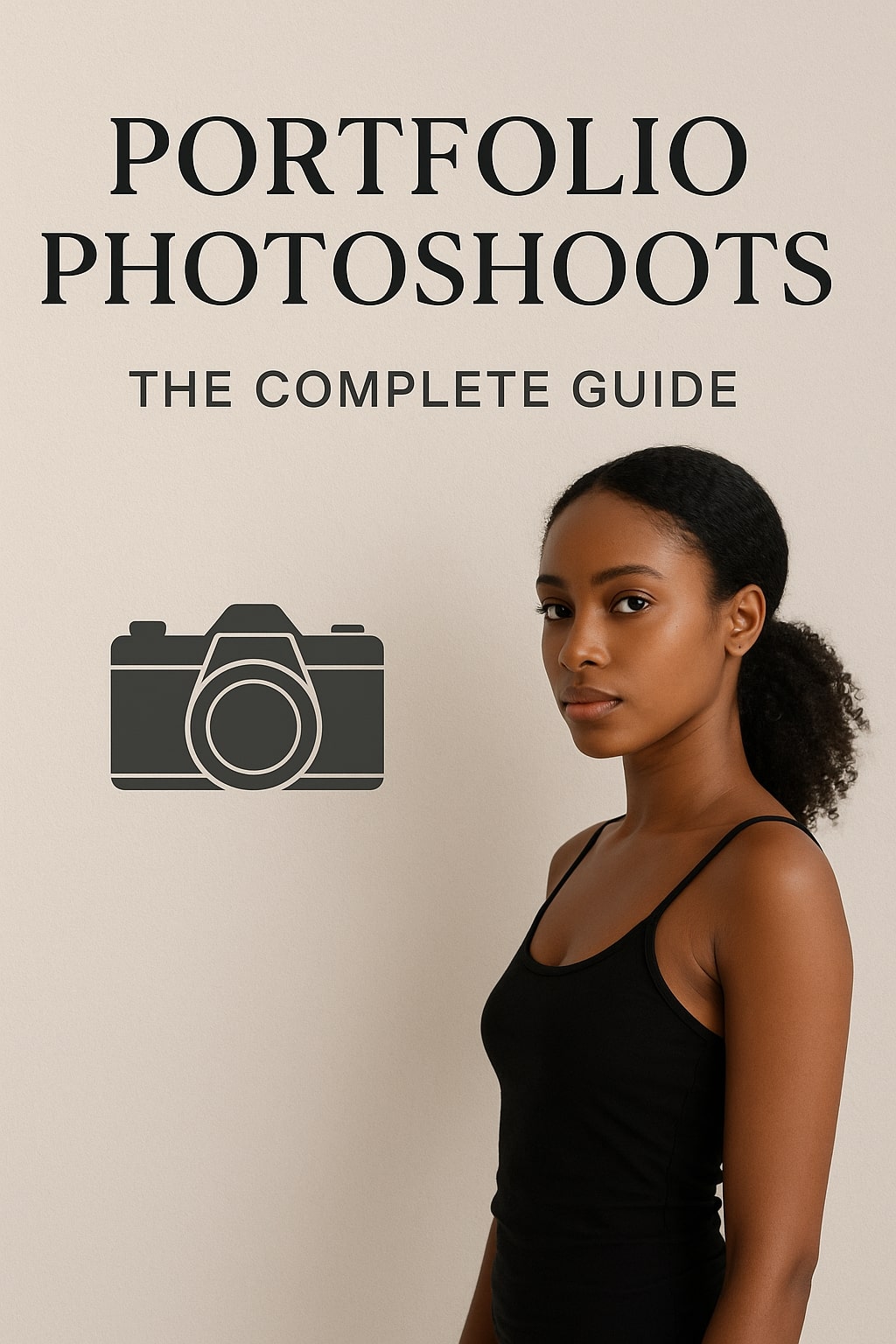
Professional Model & Portfolio Photoshoots: Show Your Best Work
-
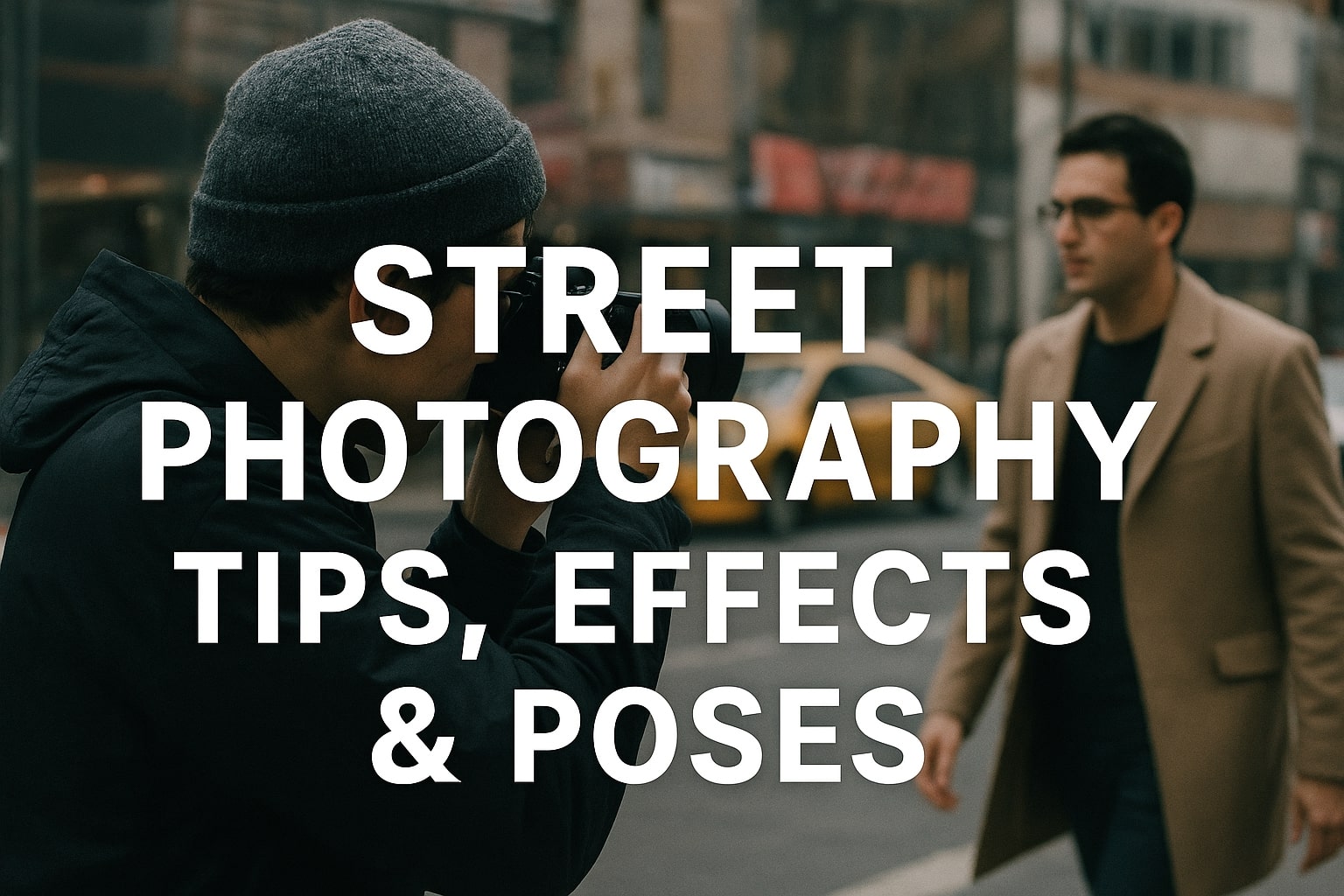
Street Photography Tips, Effects & Poses – Complete Guide
-
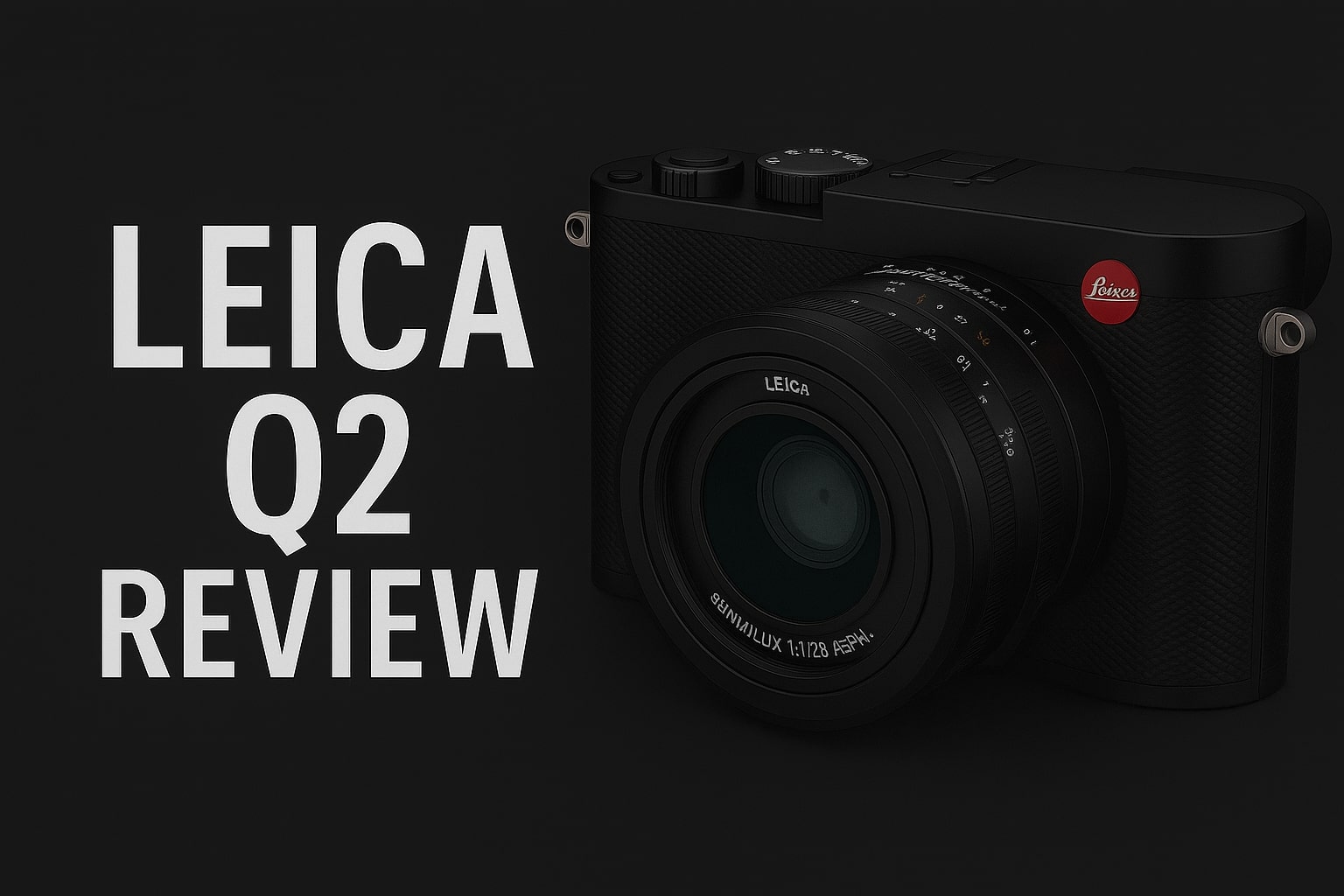
Leica Q2 for Photography: Why It’s Loved by Photographers
Mobile Photography Hacks: Candid Moments with Your Phone
Discover high-impact mobile photography hacks to capture genuine, gorgeous candid moments with your phone. Learn practical tips, composition secrets, and pro techniques to turn everyday scenes into stunning visual stories.Thank you for reading this post, don’t forget to subscribe! Introduction: The New Age of Mobile Photography Photography has evolved beyond heavy cameras, technical jargon, and
Professional Model & Portfolio Photoshoots: Show Your Best Work
” Discover how to plan, style, and execute stunning portfolio photoshoots that showcase your skills, personality, and versatility. This comprehensive guide covers professional tips, posing ideas, gear suggestions, and industry insights for models and photographers.”Thank you for reading this post, don’t forget to subscribe! Introduction – Why Portfolio Photoshoots Are the Cornerstone of a Photographer’s
Street Photography Tips, Effects & Poses – Complete Guide
Discover the ultimate guide to Street Photography with expert tips, creative effects, and dynamic poses. Learn how to capture authentic urban moments, master composition, and tell powerful visual stories through your lens.Thank you for reading this post, don’t forget to subscribe! Article Outline 1. Introduction to Street Photography Street Photography is more than just taking
Leica Q2 for Photography: Why It’s Loved by Photographers
Introduction: The Cult Status of the Leica Q2 The Leica Q2 is not just a camera—it’s a statement. Combining the heritage of German precision engineering with modern digital excellence, it holds a special place in the hearts of professional and passionate photographers alike. With its full-frame sensor, prime Summilux lens, and minimalist design, the Q2
Top Cameras Under ₹1 Lakh for Freelance Photography
Freelance photography is no longer a niche—it’s a booming creative profession that demands not only vision and hustle but also the right gear. Your camera isn’t just a tool; it’s your storytelling partner. If you’re a freelance photographer aiming to balance performance, versatility, and budget, investing in a cameras under ₹1 lakh can offer the
Top Features of Nikon D850 That Make It Ideal for Photoshoots
Explore the top features of the Nikon D850 that make it a powerhouse for photoshoots. From exceptional resolution to dynamic range, this detailed Nikon D850 guide is built for professional and aspiring photographers.Thank you for reading this post, don’t forget to subscribe! 1. Introduction When Nikon launched the D850, it quickly earned a reputation as
